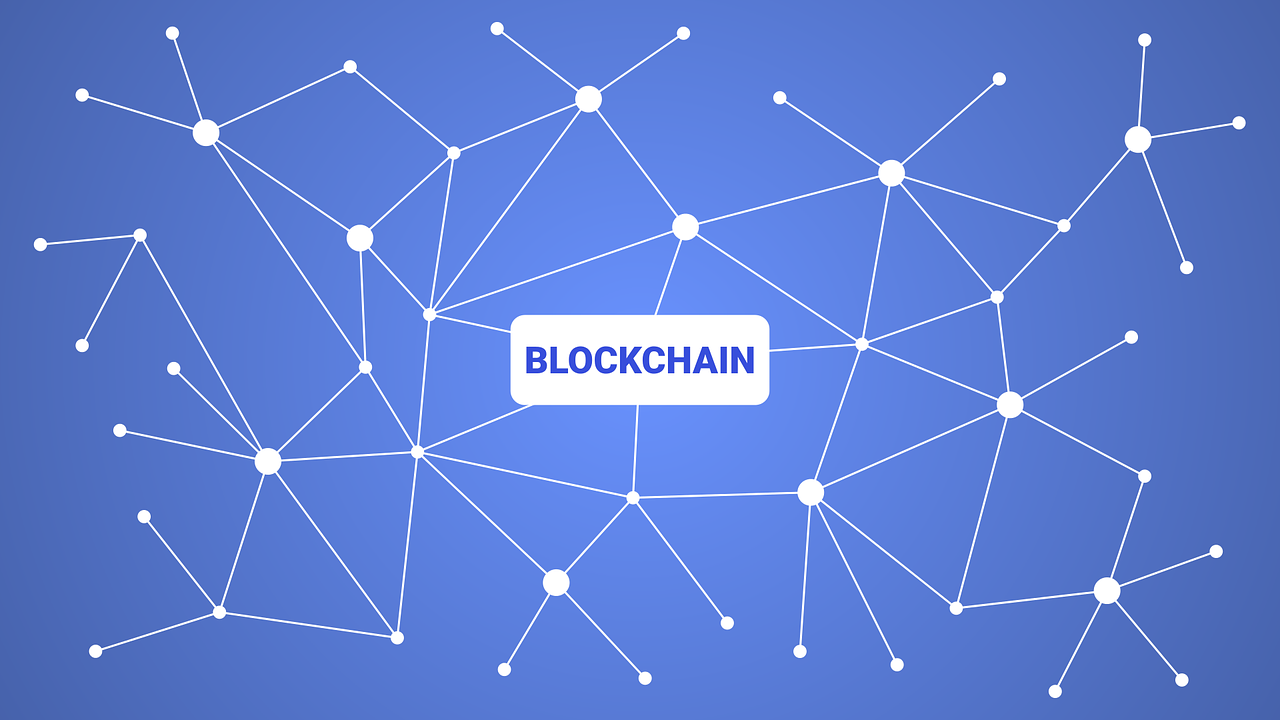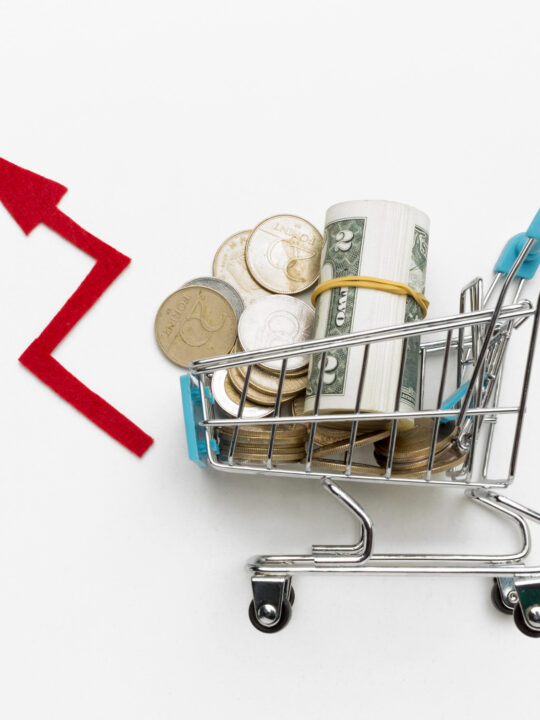 In the crypto ecosystem, new disruptive proposals arise every day aimed at improving the characteristics and functionalities of blockchain technology or blockchain.
In the crypto ecosystem, new disruptive proposals arise every day aimed at improving the characteristics and functionalities of blockchain technology or blockchain.
With so much application and innovation, anyone would say that technological advances are something from another planet. The truth is that blockchain applications are revolutionizing investment in projects, financing, and the sale of real estate, among other things. It is an ecosystem that begins in the tokenization of assets. Do you know what it is and how it works?
Table of Contents
Asset Tokenization: Norion Concept
We understand asset tokenization as the issuance of blockchain tokens that represent real exchangeable assets. For example works of art, real estate, or shares of a company. From a technical point of view, in a blockchain, such as Ethereum, not only does its original currency exist, such as Ether in this case, but it also allows us to create other digital tokens.
Tokenize is to issue a digital token within the blockchain, which can be transmitted from one wallet to another, and use this token to digitally represent titles (debt, real estate, shares, etc.).
By building a collaborative environment where all stakeholders can contribute ideas and business concepts, we can implement bold ideas. With the use of the Tokenization platform we can create various digital tokens and gain access to a number of additional advantages, that enable you to build a diversified portfolio.
Characteristics Of Asset Tokenization
Transforming a real world asset, tangible or intangible, into a digital asset with representation protected by the blockchain is possible thanks to its characteristics:
- Digital representation. Recreate any asset through its proportional and unique digital version.
- Fractional ownership. One of the main characteristics of tokenization is the ability to own fractions of an asset, which facilitates its sale and the possibility of benefiting from price increases.
- Speed. It allows transactions to be carried out much faster and cheaper.
- Rights and properties. Tokenization allows rights and properties to be transferred to digital representation.
- Control. Provides greater control and security of rights and properties by the owner of the token.
- Transparency. Tokenization platforms and blockchain technology guarantee transparency in investments.
Cryptocurrencies were the first application of the blockchain, but its underlying technology is catching up with traditional markets. Will it be the beginning of a new era?
How Tokenization Works
The asset tokenization process works as follows:
- Study the feasibility. The asset is analyzed in detail, as well as its nature and general conditions. The objective of this phase is to check if it is a viable tokenization process or not.
- Specification. In this phase, the type of token that will represent the asset is defined. The most common tokens are Utility, Security, and Equity. In addition, the interaction platform of the asset is also studied.
- Creation of smart contracts. When the time comes to create the smart contracts, the terms that will control the tokenization process will be registered in them. At this stage, it is important to determine the tokenomics of the token.
- Legal requirements. None of this would come to fruition if the legal and tax aspects of asset tokenization were not taken into account, so it is important to review the conditions in each country or region where the digital asset is issued.
- Token launch. Once the previous phases are completed, it is time to launch the token and its platform, so users can now register on it to start trading.
Blockchain technology has infinite applications, some still to be discovered, but what is the advantage of all this?
10 Advantages Of Tokenizing Assets
Fairer, transparent, active financial markets… Behind the great benefits of asset tokenization there are other advantages:
- By representing titles that can be moved from the wallet, we can transmit the ownership of that token and obtain liquidity more easily.
- It is one of the most important technologies in terms of transparency, security and immutability.
- Gone are the days when the main means of communication between investors and market makers was the telephone. Tokenization platforms facilitate all operations.
- They facilitate the transfer of assets and their decentralization in real estate, debt, etc.
- Tokenization works on the most secure technology in the financial system today.
- They represent projects, products or other assets, so they have real support.
- Distribution. The great advantage of tokenization is that it allows something with a lot of value to be distributed among many people.
- It allows obtaining financing much faster than with the traditional system.
- Investors can rest assured that their money will not remain leveraged for years.
- Investors can request investment among hundreds of thousands of people, making their financial product accessible to anyone.
Summary Of Asset Tokenization
Advantages, features, functionalities… We have talked about many factors related to the world of blockchain and tokenization, but what is the point of all this?
Blockchain lays the solid foundation for a technology that is just spreading its wings to take flight in the complex crypto sky.
Thanks to it, we can transform the way we invest and exchange assets. In short, it makes the impossible possible. That if a couple of years ago it was unthinkable to divide a building into different parts, today it is possible with tokenization. Splitting a cake is easy, but how do you split a ticket, a gold bar or a building?
Tokens are digital assets that represent these goods. Therefore, something with a lot of value can be distributed among many people, making it more liquid in the market, and obtaining financing faster than with the traditional system.







